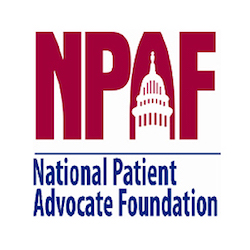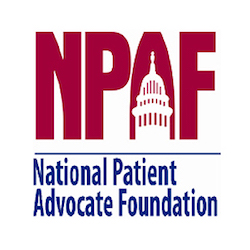Editor’s Note: The Patient’s Voice is the advocacy affiliate of the Patient Advocate Foundation. We translate the individual experiences of patients who have been denied access to affordable, quality health care into national and state policy initiatives. The following article may help jumpstart a discussion about step therapy and access to affordable treatment options for pityriasis rubra pilaris. The strong preauthorization requirements mandated by insurance companies can be particularly burdensome to patients. With prior authorization, an insurer will grant coverage for a requested treatment only if particular criteria for coverage have been met. Prior authorization requirements serve an important purpose: standardizing care in a system that varies widely in terms of cost and quality.
The strong preauthorization requirements mandated by insurance companies can be particularly burdensome to patients. With prior authorization, an insurer will grant coverage for a requested treatment only if particular criteria for coverage have been met. Prior authorization requirements serve an important purpose: standardizing care in a system that varies widely in terms of cost and quality.
However, while intended as a tool for the proper use and management of medical procedures and treatments, preauthorization requirements create tremendous access problems for patients. The preauthorization process is labor intensive and expensive for providers, who must spend time on lengthy administrative tasks that they could be spending with patients.
Unfortunately, prior authorization is not the only type of utilization review that presents an access barrier. Sometimes called “fail first,” step therapy is a form of utilization review under which a patient must first attempt treatment using one particular covered drug (referred to as a step-1 drug) before payers allow coverage for another prescribed drug (referred to as a step-2 drug). Under this system, the step-2 drug will not be covered until the step-1 drug has been administered for a particular illness or disease and has been proven ineffective. Payers use step therapy as a financial risk-management tool, despite its potentially adverse impacts on patients, both through exposure to potentially ineffective treatments and by delays in treatments recommended by their treating physician.
Step therapy is used in the commercial market as well as in the Medicare Part D program. Within the Medicare program, patients who have tried a tier-1 drug with no success may receive the more expensive tier-2 product if their physician deems it medically necessary and if the Part D prescription drug plan approves it,
In managed medical care, step therapy is intended to control costs and risk for the payer by beginning treatment for a medical condition with the most cost-effective and safest drug therapy and progressing to other more costly or risky therapies only if necessary. Plans therefore give priority to their formularies rather than clinical decisions made by treating physicians and patients, who are trained to base their treatment decisions on the patient’s particular circumstances
NPAF Policy Recommendations
on Benefit Management and Utilization Review
Patients who have been prescribed a particular therapy by their provider must be protected from the unreasonable use of utilization review techniques throughout their tenure in any health plan and through any transition to a new health plan. In order to achieve these goals, NPAF recommends the following:
✽ Patients whose conditions are well managed on a given therapy must be protected from unreasonable cost-sharing methods throughout their tenure in a particular health plan and through any transition to a new health plan.
✽ Patients must have easily accessible and understandable avenues for appealing utilization review techniques such as prior authorizations and step therapy requirements.
Source: http://www.npaf.org/steptherapy?0
